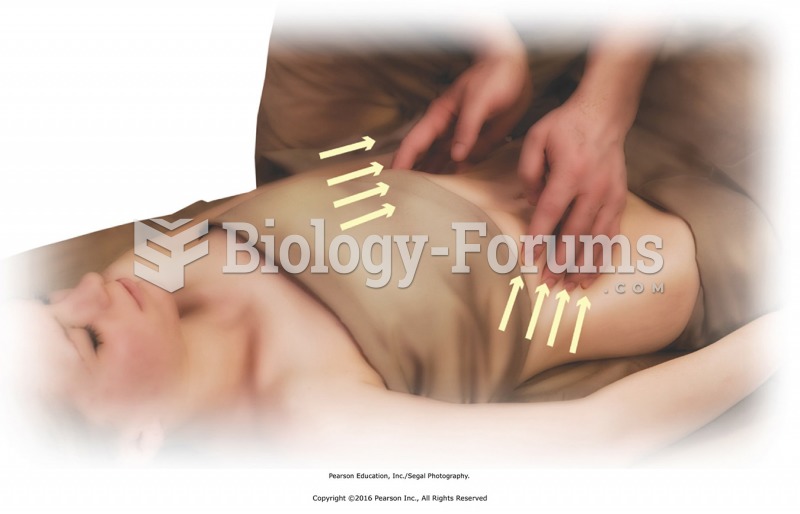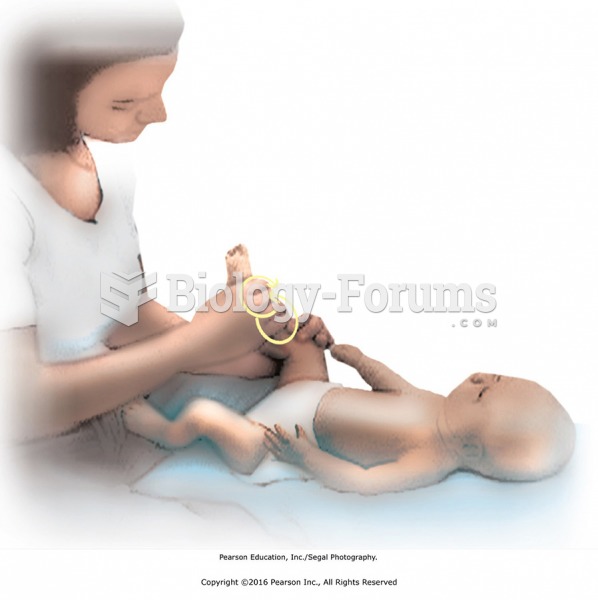This topic contains a solution. Click here to go to the answer
|
|
|
Did you know?
In most climates, 8 to 10 glasses of water per day is recommended for adults. The best indicator for adequate fluid intake is frequent, clear urination.
Did you know?
A seasonal flu vaccine is the best way to reduce the chances you will get seasonal influenza and spread it to others.
Did you know?
Vital signs (blood pressure, temperature, pulse rate, respiration rate) should be taken before any drug administration. Patients should be informed not to use tobacco or caffeine at least 30 minutes before their appointment.
Did you know?
Illicit drug use costs the United States approximately $181 billion every year.
Did you know?
More than nineteen million Americans carry the factor V gene that causes blood clots, pulmonary embolism, and heart disease.
 Adjusting a valve takes both hands—one to hold the wrench to loosen and tighten the lock nut and ...
Adjusting a valve takes both hands—one to hold the wrench to loosen and tighten the lock nut and ...
 Wet the forearms and hands from elbow to fingertips. Keep the hands lower than the elbows. Water ...
Wet the forearms and hands from elbow to fingertips. Keep the hands lower than the elbows. Water ...
 Determining a good table height. Stand facing the table with your hands at your sides. Adjust the ...
Determining a good table height. Stand facing the table with your hands at your sides. Adjust the ...




